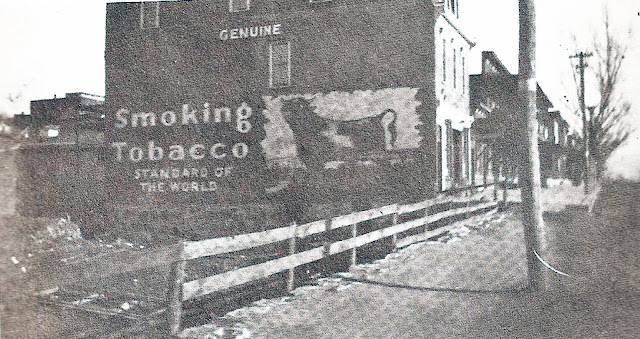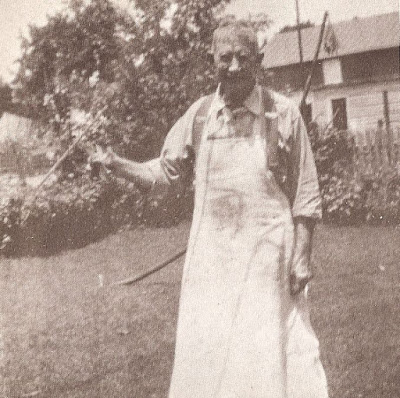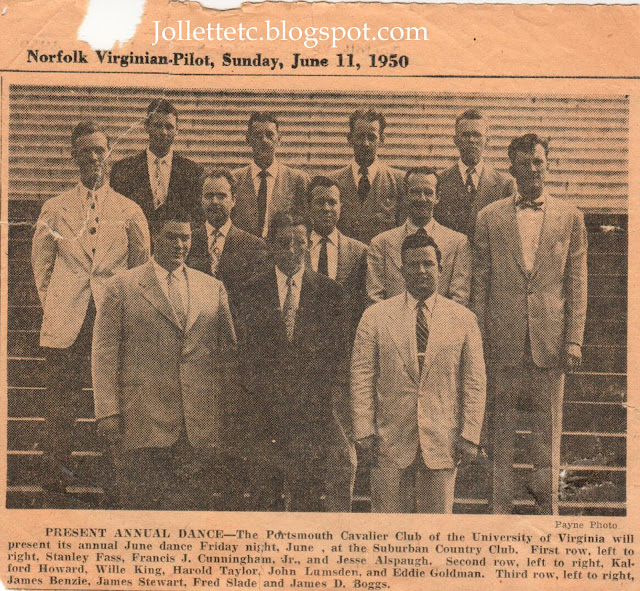Sepia Saturday challenges bloggers to share family
history through old photographs.
This week’s Sepia Saturday prompt with its focus on
hotels seems to be tailor-made for someone who once served as the family travel
agent: Moi. Why my parents entrusted a teenager to find a hotel for the family
vacation is anyone’s guess. Maybe they did not like the responsibility or just
did not care where we stayed. Or maybe they noticed my penchant for planning
and organizing, and therefore encouraged it.
In the 1960s hotel and motel chains were in their infancy.
Booking a room in advance was not even necessary, not where we traveled anyway.
There was no Expedia, no Kayak, no Priceline, and no Trip Advisor to assist in
planning. Instead we relied on motel directories that were free for the taking
in member motel lobbies. Our annual trips to visit family in the Shenandoah
Valley of Virginia called for a stay at the beautiful Belle Meade in
Harrisonburg. As a result, it was easy to obtain the latest directory for the
Quality Courts motels.
The directory was arranged by state, and then by city.
Every summer I studied the directory, comparing the motels in the city where we
might be traveling. The top requirements were a pool and restaurant on site. As
for price, $10-$12 a night was the limit. However, when we went to Washington
D.C., we probably paid at least $13 to stay at the Governor House Inn in Falls
Church. (Northern Virginia IS pricey!)
 |
| Governor House Inn still has the trademark white wrought iron columns and fence |
 |
| Momma Mary Eleanor, Wendy, Mary Jollette at the Governor House Inn in Falls Church, Virginia 1960s (1967 or 1968 probably) |
Summers often called for a visit to Charlottesville, at
least for an overnight stay at the lovely Mt. Vernon Inn positioned on a hill overlooking
the intersection of US 250 and US 29. Today Best Buy and World Market claim
that spot, but in the 1960s, we enjoyed the panoramic view from the
heart-shaped pool.
Like the Mt. Vernon, many motels in the Quality Courts
chain attracted travelers by showcasing their pools in front along the main
road. Belle Meade in Harrisonburg was a notable exception. Instead of a pool,
there was a fountain in front of the entrance adding an elegant touch to the
already beautiful colonial façade.
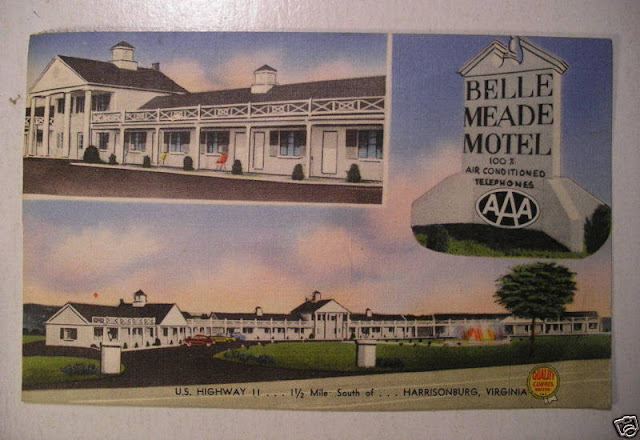 |
| Postcard of Belle Meade Motel Harrisonburg, VA (no copyright restrictions) |
The pool was behind the motel, and what a beautiful
pool it was. A long promenade of columns lined one side of the pool offering some
shade. Pots of flowers and a plentiful supply of redwood loungers were signs of
the quality in this Quality Courts motel.
 |
| Daddy and Mary Jollette at the Belle Meade |
The Belle Meade used to have a sign advertising “60 air
conditioned rooms.” So imagine our confusion the time we were given a key to
Room 61. As we drove our car around to the back, to the far end of the left
wing, we had some good laughs as we tried to make sense of it. Was this a
punishment? Would the room fall off in the night? Would we be transported to
some other universe? Did the room even exist? Just one more reason to love the
Belle Meade.
 |
| Hottle Bottles |
One of my fondest memories about Belle Meade was the
Hottle Bottle service. Every morning my dad called Room Service and ordered
coffee and chocolate milk. Usually donuts or some other pastry arrived on the
tray too. From a kid’s perspective, that glass Hottle Bottle seemed pretty darn
special.
The most special feature at the Belle Meade though was
the Rib and Sirloin Room downstairs in the restaurant. Real table cloths and
cloth napkins. Black leather booths. Candlelight. And RED velvet wallpaper.
That was the ultimate in classy restaurant décor in the 1960s. The Rib and
Sirloin Room was THE spot for a special occasion.
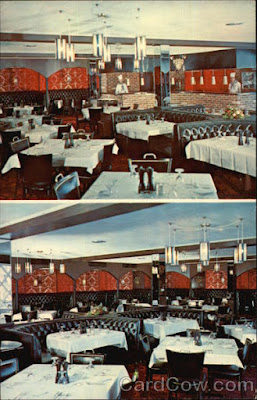 |
| Rib and Sirloin Room Belle Meade |
Even though the grilled steaks
were the best to be had in the Shenandoah Valley at that time, I always ordered
a shrimp cocktail. For dessert, my choice was the chocolate parfait served in a
real parfait glass: layers of ice cream, chocolate syrup, and whipped cream
with a cherry on top. My parents ordered the Crème de Menthe parfait, and sometimes
they allowed me to sneak a taste. Mmm ~ I looked forward to the day that I
could order one of those.
Like so many grand hotels and fine motels, the Belle
Meade has slipped dramatically from its position as a desirable place to stay. In
fact, it is not even listed on the Visit Harrisonburg “Places to Stay” page. Nevertheless,
the Belle Meade enjoys “icon status” as a landmark along Route 11 and I-81. Its
deteriorating state has not clouded people’s memories of what it once was.
It is time to check in at the Sepia Saturday Hotel.
© 2015, Wendy Mathias.
All rights reserved.









